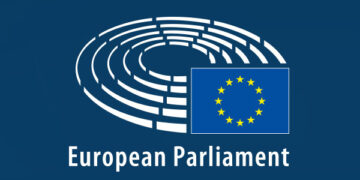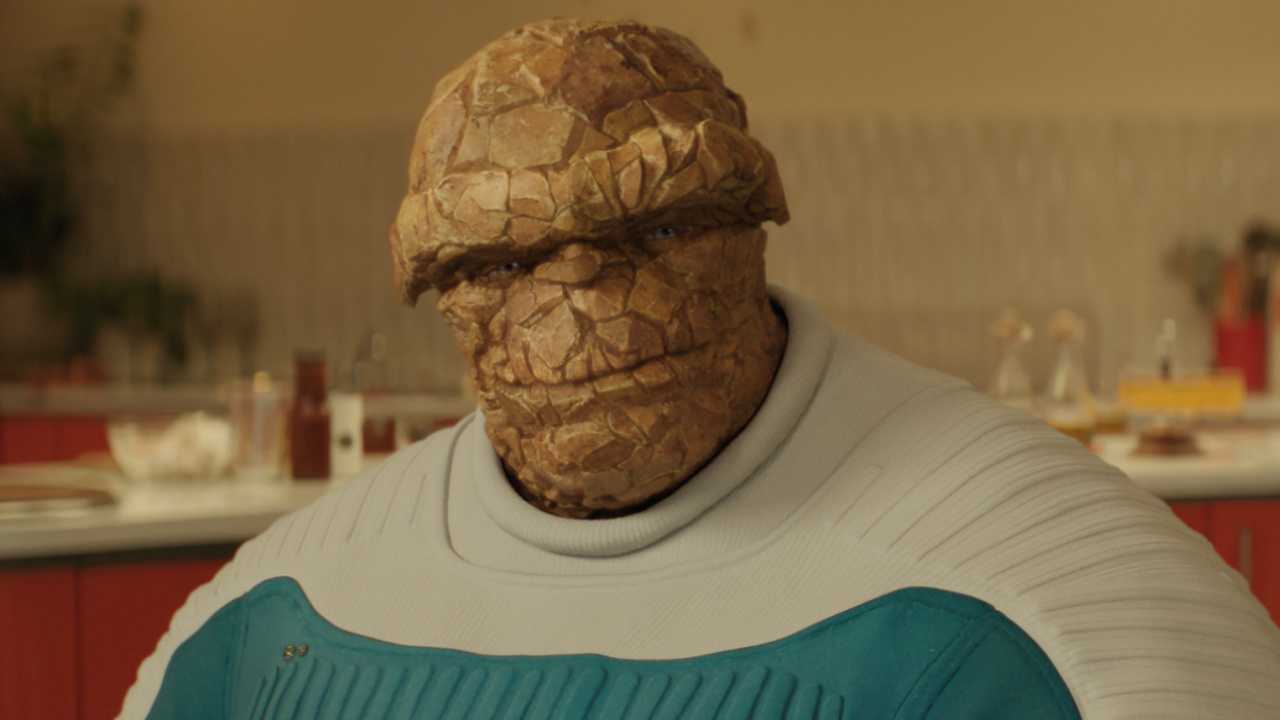Giorgia Meloni’s Brothers of Italy is the successor party of the “post-fascist” National Alliance and the “neo-fascist” Italian Social Movement. But does the party share meaningful similarities with its two predecessors? Drawing on a new study, Marta Lorimer and Matteo Cavallaro find a mixed picture of continuity and change.
Brothers of Italy’s victory in the 2022 Italian elections and Giorgia Meloni’s appointment as Italian Prime Minister opened a new stage in the mainstreaming of the far right. For the first time in recent history, a party with roots in the anti-democratic extreme right had taken the leading role in government.
Officially founded in 2012, Brothers of Italy is the successor party of the “post-fascist” National Alliance, itself the successor of the Italian Social Movement, a neo-fascist party founded in 1946 by supporters and high-ranking members of Mussolini’s regime. Brothers of Italy’s success raised worries that it still shared the values of its neo-fascist predecessor and could normalise its extreme right ideas.
In a new study, we assess whether this is the case by looking for evidence of ideological, organisational and symbolic continuity between Brothers of Italy and its predecessors. Our findings paint a mixed picture, showing the answer is not as clearcut as argued by critics, but also not as unambiguous as those who support the democratic credentials of Brothers of Italy suggest.
Ideological continuity
In terms of ideas, we find little continuity between Brothers of Italy and its predecessors. Drawing on a qualitative and quantitative analysis of party programmes produced between 1948 and 2022, we find that the parties display different profiles.
As an anti-democratic force that did not recognise the legitimacy of Italy’s post-war liberal-democratic order, the Italian Social Movement consistently opposed the existing political system. It used politically charged language, highlighting division and ideological opposition. Conversely, Brothers of Italy avoids heavily politicised language and speaks of policy, rather than politics. It also does not openly oppose the current political system and uses political language that is similar to its main competitors.
We also observe differences in their policies. On economic and social policies, the Italian Social Movement proposed measures reminiscent of the Fascist regime. It had a marked statist slant, pushing for a planned economy and a “corporatist state”. Brothers of Italy not only speaks a lot more about economics than the Italian Social Movement but also embraces supply-side policies, proposing measures such as a flat tax for small business owners, and a roll back of anti-business regulations.
In terms of their positions on the EU, Brothers of Italy takes a more Eurosceptic stance than the Italian Social Movement. The Italian Social Movement was broadly supportive of European integration and the National Alliance adopted an equally “compromising” stance on it. Conversely, Brothers of Italy opposes EU integration, without, however, supporting an Italian exit from the EU.
One area where Brothers of Italy is significantly more radical than the Italian Social Movement is on migration. The neofascist party never made opposition to migration a topic of political contestation. This was both because of its limited salience and because some in the party leadership were reluctant to do so. Brothers of Italy adopts a more starkly nativist position, in line with other European radical right parties. This shows the party still normalises radical positions – they are just not the same ones as its predecessors.
Organisational continuity
In organisational terms, we find more continuity between the three parties. Looking at the profiles of Brothers of Italy representatives, executives and candidates in elections, we find that many of them had been previously affiliated with one of Brothers of Italy’s predecessors. For example, of the 276 candidates for the 2022 Italian elections, 27% were previously affiliated with the Italian Social Movement and 51% with the National Alliance.
A similar picture emerges when looking at the party’s MEPs in the 2019-2024 European Parliament. Three of them were previously members of both the Italian Social Movement and National Alliance, while the remaining four came mainly from different parties of the Italian centre-right. Out of 85 Brothers of Italy regional councillors, 16% were previously affiliated with the Italian Social Movement and 36% with the National Alliance. However, this figure should be taken with a pinch of salt as the data is patchier, insofar as many candidates did not have strongly identifiable public profiles.
What is most striking is that the party’s executive is dominated by long-standing members of the Italian Social Movement and National Alliance. Nearly all 24 members of the party executive were previously in the Italian Social Movement and National Alliance. In short, whereas party candidates have somewhat varied profiles, the “head” of the party is dominated by loyalists.
Symbolic continuity
Finally, we look at whether and how Brothers of Italy constructs symbolic connections with its predecessors. Here, we find some change, but also a deliberate cultivation of links with the past.
Although the three parties have different names, they maintain an explicit link through their party and youth association logos. The main party logo is a good example. The Italian Social Movement’s original logo was a tricolour flame on top of a trapezium containing the name of the party. The logo was meant to symbolise Mussolini’s enduring message, with the trapezium being said to represent Mussolini’s tomb. Brothers of Italy still uses the flame in its logo – although it has removed the trapezium and the name of the Italian Social Movement from it.
Brothers of Italy’s use of a (modified) old logo is open to opposite interpretations: one that stresses novelty and detachment from a (neo-)fascist past, and the other that highlights continuity. This kind of mixed messaging is consistent with a common far-right strategy of “calculated ambivalence”, a term used to describe far-right discursive strategies which allow for opposite interpretations, one consistent with moderation and the other with extremism.
Party logos are not the only instance of this mixed messaging. Giorgia Meloni’s autobiography also provides evidence of the party leader drawing explicit connections between the past and the present. For example, although Meloni does not openly endorse the positions of the Italian Social Movement, she presents Brothers of Italy as “a new party for an ancient tradition”.
The ideas of the “ancient tradition” are open to interpretation, meaning they could be taken to indicate both some of the Italian Social Movement’s more moderate stances or its more extreme ones. The latter are potentially normalised by association with a more seemingly moderate party.
Meloni also contributes to the normalisation of the Italian Social Movement through a sanitisation of its political image. In fact, she never talks about it as an extremist party that rejected Italy’s democratic order. Instead, she presents it as a democratic party. Such blurring and expanding of the boundaries of what is considered democratic facilitates the inclusion of extreme ideas dressed up as “democracy” into the political mainstream, potentially making extremism part of a new normal.
Overall, our study shows that Brothers of Italy has not completely cut ties with its past, meaning it can contribute to the normalisation of at least some of the extremist ideas and practices of the Italian Social Movement. Although much has been said about Meloni’s seemingly moderate profile, it is worth remembering that moderation and radicalism often coexist in the far right and that we should pay attention to evidence of both.
For more information, see the authors’ accompanying paper in Political Studies.
Note: This article gives the views of the author, not the position of EUROPP – European Politics and Policy or the London School of Economics. Featured image credit: European Union

































Discussion about this post